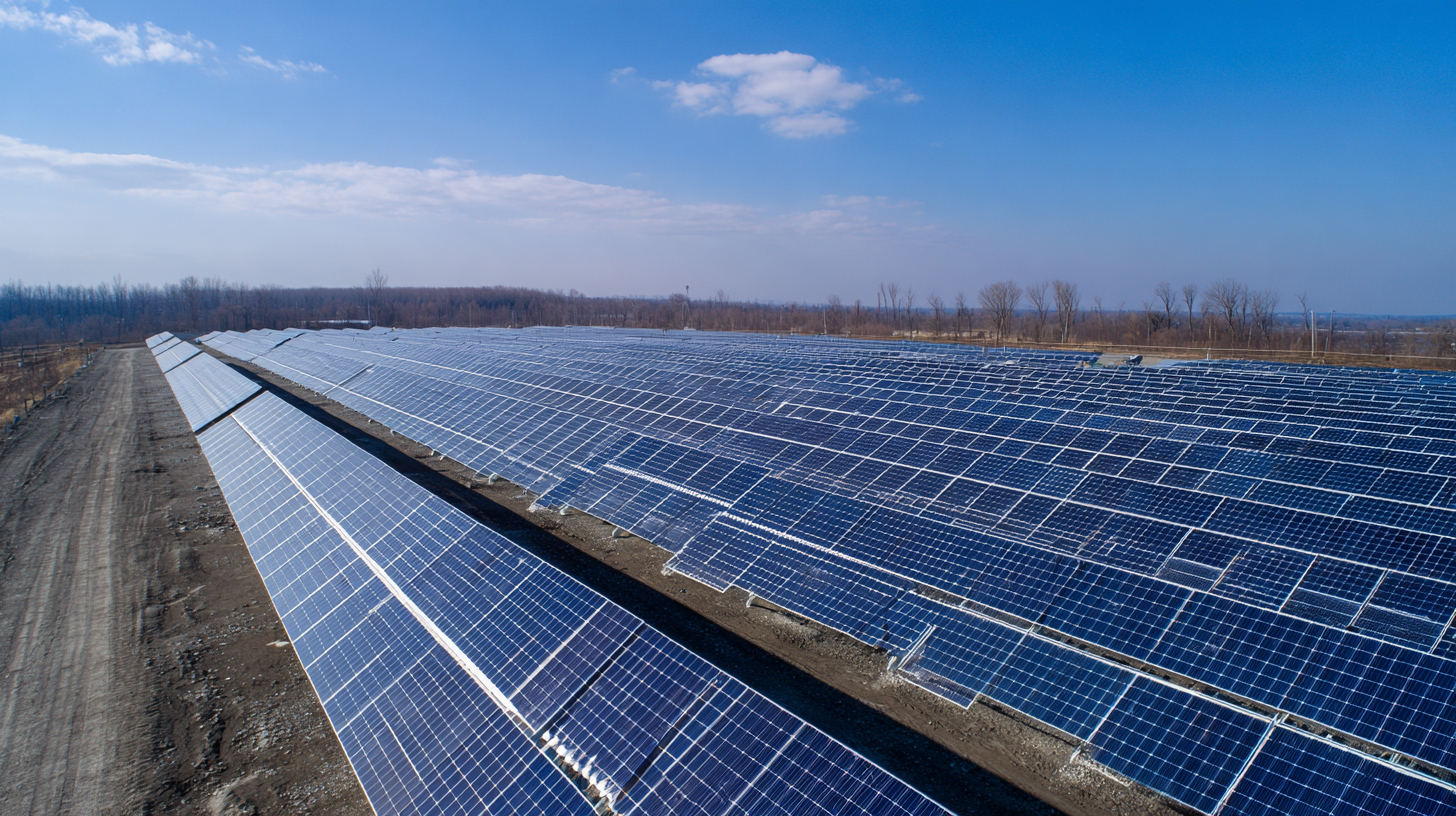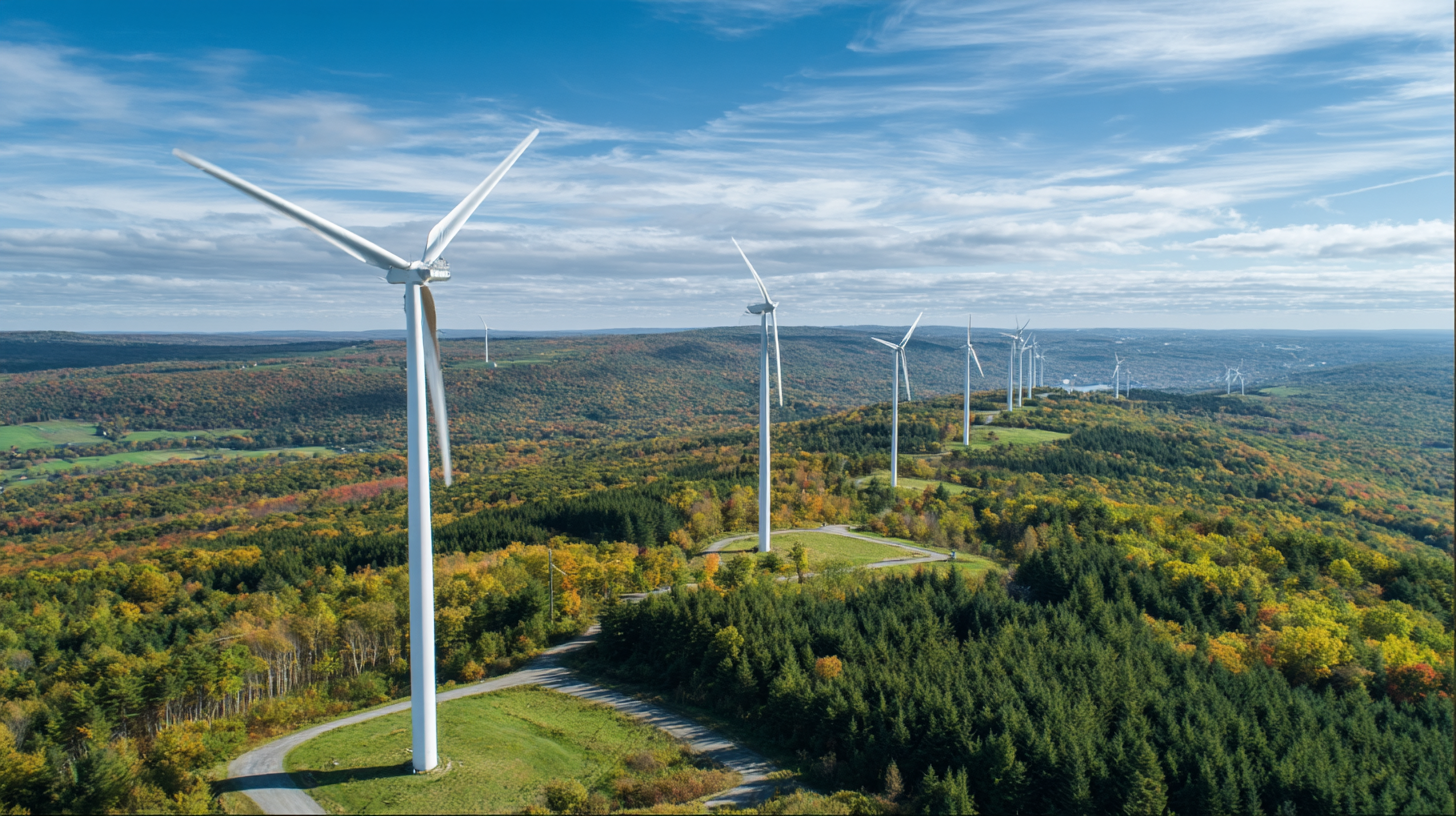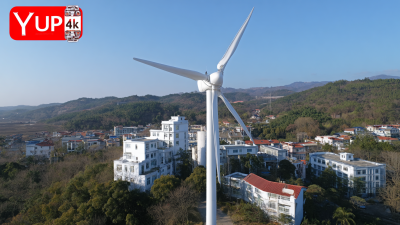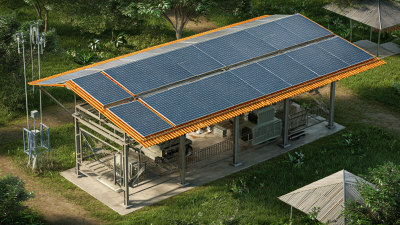10 Ways Renewable Energy Transforms Our Future
As the global community grapples with the urgent challenge of climate change, Renewable Energy stands at the forefront of innovative solutions that promise to reshape our future. According to the International Renewable Energy Agency (IRENA), the renewable energy sector has grown exponentially, with a remarkable increase in global renewable capacity, surpassing 2,799 gigawatts (GW) in 2020. This upward trend not only highlights the transition towards sustainable energy sources but also signifies significant economic opportunities, potentially creating over 24 million jobs worldwide by 2030. Furthermore, the World Economic Forum projects that by 2025, renewables could account for over 50% of the global energy mix, paving the way for a cleaner, more resilient energy future. In this context, understanding the transformative impact of renewable energy is crucial, as it holds the key to addressing pressing environmental issues while fostering economic growth and energy security.

Harnessing Solar Power for Sustainable Living
Harnessing solar power plays a central role in the transition towards sustainable living, revolutionizing how we generate and consume energy. According to the International Energy Agency (IEA), solar energy has become the fastest-growing source of electricity, with global solar capacity expected to reach 2,840 gigawatts (GW) by the end of 2023. This surge is driven by technological advancements, decreasing costs, and increasing awareness of climate change impacts. In fact, the cost of solar photovoltaic (PV) systems has dropped by approximately 82% since 2010, making it a viable option for households and businesses alike.
Moreover, implementing solar power not only reduces greenhouse gas emissions but also promotes energy independence. The National Renewable Energy Laboratory (NREL) states that widespread adoption of solar energy could eliminate over 1,000 million metric tons of carbon dioxide emissions per year by 2050, a significant step towards mitigating climate change. Furthermore, by harnessing solar energy on a local scale, communities can reduce their reliance on fossil fuels, stabilize energy prices, and foster economic growth through the creation of green jobs. As more people recognize the environmental and economic benefits of solar power, it is clear that this renewable energy source is key to achieving a sustainable future.
Utilizing Wind Energy to Reduce Carbon Footprint
 Wind energy stands out as a crucial component in the movement towards a
sustainable future. By harnessing the power of wind through turbines, we can produce electricity without the harmful emissions associated with fossil fuels. This transition not only provides a cleaner energy source but also significantly reduces our carbon footprint. In regions rich with wind resources, large-scale wind farms have emerged as viable alternatives to traditional power generation, representing a pivotal step in
mitigating climate change.
Wind energy stands out as a crucial component in the movement towards a
sustainable future. By harnessing the power of wind through turbines, we can produce electricity without the harmful emissions associated with fossil fuels. This transition not only provides a cleaner energy source but also significantly reduces our carbon footprint. In regions rich with wind resources, large-scale wind farms have emerged as viable alternatives to traditional power generation, representing a pivotal step in
mitigating climate change.
Moreover, the integration of wind energy into our energy systems promotes energy independence and economic growth. By investing in wind power infrastructure, communities can create jobs, stimulate local economies, and develop technologies that enhance energy efficiency. As more countries adopt wind energy, they also cultivate a culture of sustainability and environmental stewardship, encouraging individuals and businesses alike to consider their impact on the planet. This collaborative effort in embracing wind energy marks a
transformative shift towards a greener, more sustainable future for generations to come.
Implementing Geothermal Systems for Efficient Heating and Cooling
Geothermal systems represent a compelling solution for efficient heating and cooling, increasingly recognized for their potential to transform energy use in both residential and commercial settings. The Federal Geothermal Partnerships initiative illustrates the government's commitment to showcasing geothermal technology’s viability. For example, the revitalization of Greensburg, Kansas, City Hall post-tornado highlights how integrating advanced geothermal heat pumps can lead to impactful energy savings and sustainability. These systems offer year-round climate control and are particularly advantageous in regions across 75% of the U.S. landmass, providing a cost-effective alternative to traditional HVAC methods.
Furthermore, recent developments, such as a $10 million federal grant aimed at implementing a large-scale geothermal system in Ann Arbor, demonstrate how communities are investing in this technology to enhance their energy efficiency. Similar initiatives are emerging across the country, with states prioritizing upgrades to buildings to improve performance and reduce greenhouse gas emissions. As the construction industry remains a significant contributor to global energy consumption, harnessing geothermal systems presents a pivotal opportunity not only to bolster building sustainability but also to support local economies through job creation and innovation in renewable energy solutions.
10 Ways Renewable Energy Transforms Our Future - Implementing Geothermal Systems for Efficient Heating and Cooling
| Method | Description | Efficiency (%) | Cost Savings ($/year) | Environmental Impact (CO2 Savings) |
|---|---|---|---|---|
| Direct Use | Utilizing geothermal energy directly for heating applications. | 80 | $1,500 | 3,000 kg/year |
| Heat Pumps | Using heat pumps to extract geothermal heat for space heating and cooling. | 300 | $2,000 | 6,500 kg/year |
| Ground Source Heat Pump | A system that exchanges heat with the ground for efficient temperature regulation. | 400 | $2,500 | 8,000 kg/year |
| Enhanced Geothermal Systems (EGS) | Creating permeable rocks to extract geothermal energy efficiently. | 150 | $1,800 | 4,500 kg/year |
| District Heating | Heating multiple buildings from a central geothermal source. | 90 | $15,000 | 10,000 kg/year |
Adopting Hydropower Solutions for Community Resilience
 The adoption of hydropower solutions plays a pivotal role in enhancing community resilience, especially in rapidly urbanizing regions facing climate challenges. Sustainable small-scale hydropower projects are emerging as vital energy sources in Central Asian countries, addressing the pressing need for reliable electricity supply while also fostering local and cross-border water management strategies. The current trends indicate that integrating these renewable sources can significantly mitigate the impacts of climate change, as highlighted in recent reports emphasizing their potential to provide versatile solutions for energy access and disaster resilience.
The adoption of hydropower solutions plays a pivotal role in enhancing community resilience, especially in rapidly urbanizing regions facing climate challenges. Sustainable small-scale hydropower projects are emerging as vital energy sources in Central Asian countries, addressing the pressing need for reliable electricity supply while also fostering local and cross-border water management strategies. The current trends indicate that integrating these renewable sources can significantly mitigate the impacts of climate change, as highlighted in recent reports emphasizing their potential to provide versatile solutions for energy access and disaster resilience.
Furthermore, effective hydropower planning is essential to avert future tragedies, as demonstrated by the repercussions of dam failures, such as the Xepian-Xe Nam collapse in Laos. This highlights the importance of innovative approaches to hydropower management that prioritize environmental restoration and community safety. The World Bank's findings underscore that enhancing the resilience of hydropower in Africa—and globally—is critical for ensuring stable energy supplies in the face of escalating climate threats. By adopting community-based frameworks and leveraging hydropower's capabilities, we can foster resilient cities that withstand the adversities of both urbanization and climate change.
Integrating Biomass Energy in Local Agriculture Practices
Integrating biomass energy into local agricultural practices represents a transformative approach towards sustainable farming and energy production. Biomass, which consists of organic materials such as crop residues, manure, and food waste, can be converted into bioenergy, significantly reducing greenhouse gas emissions. According to the U.S. Department of Energy, biomass energy has the potential to provide about 5% of the total U.S. energy supply, which could translate to substantial energy savings for local farmers. For instance, using biomass for heating and electricity can decrease reliance on fossil fuels, insulate farmers from rising energy costs, and offer new income streams through the sale of excess energy.
Furthermore, integrating biomass into agriculture can enhance soil health and promote a circular economy. The Food and Agriculture Organization (FAO) reports that returning biomass back to the soil can improve nutrient content and promote better crop yields. Additionally, the practice of anaerobic digestion can transform livestock manure into biogas and organic fertilizers, reducing waste and providing a sustainable resource for soil enrichment. By creatively utilizing agricultural waste, farmers not only support local energy production but also contribute to ecological balance, making it a win-win solution for both the environment and the economy.
Impact of Biomass Energy Integration in Local Agriculture
Related Posts
-

Challenges Faced by Global Buyers Seeking the Best Green Energy Solutions
-

Exploring the Unique Features and Applications of the Best Sustainable Energy Products in Today's Market
-

The Ultimate Checklist for Selecting the Best Residential Wind Turbine for Your Needs
-

Unmatched Quality from China's Premier Factory for the Best Residential Wind Turbines
-

Unveiling the Cutting Edge Specifications of the Best Solar Electricity Solutions
-

The Definitive Ultimate Guide to Mastering Geothermal Heating Systems
